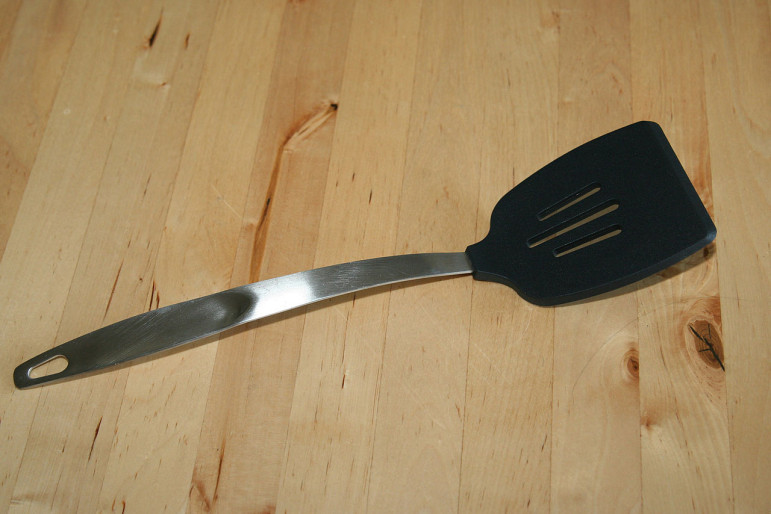
Dnor
A neglected weapon in the fight against hunger and obesity. For people to make better eating choices, they have to have affordable access to good food and the knowledge of how to find and prepare it.
By some measures, Harlem is booming. Storefronts that were boarded up several years ago now host upscale restaurants like Lido, 5 & Diamond, and Melba’s. Whole Foods plans to open a store on 125th Street next year. But what are the food options for the neighborhood’s longtime, low-income residents?
West Harlem still has areas of extreme poverty, and many residents lack access to stable and nutritious sources for food. More than 30 percent of people in the community live below the poverty line, 13% are unemployed, and one in four households rely on food stamps.
A NYC Department of Health and Mental Hygiene study found that one in six restaurants in Harlem is a fast-food restaurant and just 3 percent of corner stores in Harlem sell leafy green vegetables, compared to 20 percent on the Upper East Side.
Across the city, hunger is increasingly a challenge for low-income New Yorkers. A recent survey by the NYC Coalition to End Hunger found that the city’s emergency food providers (such as food pantries and soup kitchens) reported a 10 percent increase in the need for their services, with the fastest growth in demand from families with children.
And even where there is access to healthy food, that alone is not a solution. To really effect lasting change, low-income residents also need services that help support healthier eating and improved lifestyle habits—such as cooking classes, nutritional counseling, and access to food stamps.
In West Harlem, a new Community Healthy Food Hub, which opened last month in a formerly vacant storefront on Lenox Avenue near 141st Street, hopes to provide for low-income residents amid the gentrification trend. The Hub, a reinvention of the food pantry, is part of Communities for Healthy Food NYC, a place-based initiative created by the New York office of Local Initiatives Support Corporation (LISC) and funded by the Laurie M. Tisch Illumination Fund to address the issues of diet-related diseases, poverty, and unemployment.
A program of West Harlem Group Assistance (WHGA) a local community development corporation, the Hub offers a “client choice pantry”—rather than hand clients a bag of groceries, with no say about its contents, they can choose their own items, free of charge and with greater dignity. There’s also access to a local farm share through Corbin Hill Farm Project which clients can pay for with cash or food stamps.
From this site, WHGA and partner organizations will provide a host of other services, including nutritional counseling in partnership with Cornell Cooperative Extension; cooking classes to build basic culinary skills and increase knowledge about the importance of healthy eating that will be led by trained community chefs; enrollment in the federal Supplemental Nutrition Assistance Program (SNAP), or food stamps, and income tax assistance, both through the Food Bank For New York City; and tours of grocery stores to help families put together healthy meals on a budget with Share Our Strength’s Cooking Matters at the Store program.
It’s a one-stop-shop for healthy food resources, making it easier for West Harlem’s low-income families to eat healthier meals by bringing together important related services. For New Yorkers in need, running all over to find healthy food or track down nutritional programs just isn’t realistic. Providing all these services in one place is a much more effective approach to encouraging healthier eating habits.
The Hub exemplifies LISC’s Communities for Healthy Food NYC model, which seeks to strengthen neighborhoods and improve the health of residents by investing in multiple, complementary programs in a single community for greater impact. The initiative has launched in four neighborhoods across the city: West Harlem, Mt. Eden in the Bronx, and Bedford Stuyvesant and Cypress Hills in Brooklyn.
Communities for Healthy Food NYC aims to build demand for healthy food among low-income consumers, so nonprofits, community-based organizations, city departments, and funders can partner with NYC businesses and investors to provide a better infrastructure for healthy food in underserved neighborhoods. A 2013 report by the NYC Food Policy Center estimates that there are 1.8 million New Yorkers receiving SNAP benefits, and another half-million residents qualify but are not enrolled. By increasing enrollment, along with programs that educate and fuel demand, New York City can create a new market for healthy food.
A comprehensive evaluation of Communities for Healthy Food is underway with the NYC Food Policy Center at Hunter College. The evaluation seeks to show that multiple interventions in one targeted area will lead to changes in food behaviors and food environments, which, over time can be expected to lead to improvements in health among community residents.
LISC’s first Hub opened earlier this year in Bed-Stuy—a neighborhood that has faced a similar strain between gentrification and the needs of its low-income residents. Since the Northeast Brooklyn Housing Development Corporation moved its traditional food pantry to a new building and converted to the client-choice model, it has more than doubled its client traffic. Like the West Harlem Hub, a benefits center inside offers referrals or direct assistance including SNAP enrollment, fresh and local produce, cooking workshops, and other services.
Step by step, one block and one neighborhood at a time, initiatives such as these are working to provide healthy food—and much more. This effort is giving New Yorkers the tools they need to build healthier lives.









2 thoughts on “To Fight Food Injustice, We Need More than Just Groceries”
Pingback: The Best Food Books of 2014 | My PR Site
Pingback: The Best Food Books of 2014 |